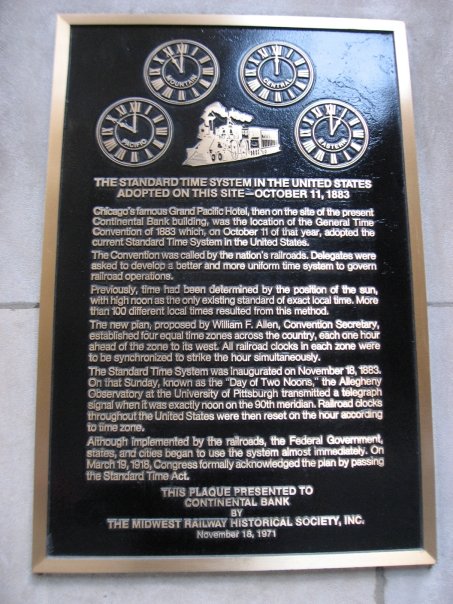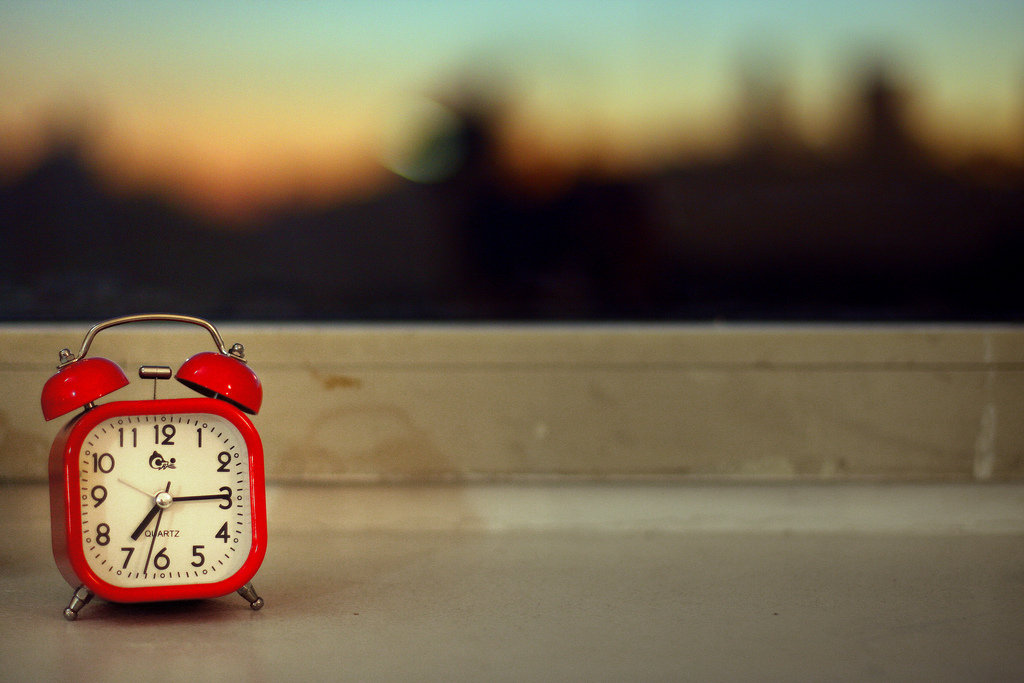
There are plenty of excellent, trustworthy dentists out there who make their patients' interests their top priority.
But there are also some unethical dentists who provide unnecessary treatments and products simply for profit.
I've discovered this after growing up having dental work done by my father, who is now retired. In the years since, while seeing other dentists, my brother has been told he needed six fillings that turned out to be totally unnecessary (based on my dad's look at his X-rays) and I've been pressured to buy prescription toothpaste and other products I didn't need.
Back when he still practiced, my father occasionally saw this kind of thing firsthand. His patients would visit other dentists for an emergency while he was away and be told they needed superfluous crowns or other complex work when a simple filling would have sufficed.
dentistry has far less oversight than any other branch of medicine
To be clear, this sort of fraud doesn't go on in most dental practices. But experts say it still happens all too often. "There are no precise figures about how widespread dental fraud is. The crime is less than a tsunami and more than a trickle," said James Quiggle of the Coalition Against Insurance Fraud. "The vast majority of dentists are honest and ethical. Even so, more fraud likely is flying under the radar than people realize."
One of the main reasons* is that, in the United States, dentistry has far less oversight than any other branch of medicine. "For a dentist who practices alone, there's usually no one looking over your shoulder," my father, Sheldon Stromberg, said. "It's easy to take advantage of people. You're basically given a blank check."
Another reason is that dentistry genuinely involves a degree of subjectivity in each diagnosis. Two honest dentists can disagree about whether a tiny fissure requires a filling or not, and all dentists fall on a continuum of philosophies ranging from conservative to aggressive in their treatments. Some dishonest ones, though, abuse this uncertainty to increase their profits.
With this in mind, I spoke to seven dentists — along with Quiggle and the American Dental Association — to get their advice on how to find an honest practice and avoid unnecessary work. Here are their recommendations.
Beware of practices that advertise and offer deals

(Philippe Huguen/AFP/Getty Images)
Every single dentist I spoke with offered the same advice for finding a trustworthy practice — ask a friend. "The best way to get a good referral is to ask friends or coworkers," said Robert Rose, a family dentist who practices in Pasadena.
If you don't have anyone to ask, other options might be getting a recommendation from a local dental society, or even asking just asking your doctor who he or she sees.
The one thing you shouldn't do, however, is go to a practice based on an advertisement, especially one that offers a free cleaning, tooth whitening, or other deal. "I would be wary of the big advertisers, who have billboards all over the place and advertise on TV," said Mindy Weinman, who practices in Buffalo and is a professor at the SUNY Buffalo dental school.
these offices often use deals as a tool to get patients in the door
Her husband, Dave Weinman — who practices with Mindy and also works as a consultant for an insurance company assessing cases of potential dental fraud — agrees. "I barely see any dental offices, in my area at least, that are heavy advertisers and that I'd feel comfortable recommending," he said.
The reason for this is that advertising-driven offices often use deals as a tool to get patients in the door and then pressure them to accept an expensive treatment plan, whether they need work done or not. Oftentimes, they're corporate-owned chains, like Aspen Dental. "These big chains are kind of dental mills," Mindy Weinman said. "They're the ones that give you the free cleaning, and the free exam, then they tell you that you need $3,000 worth of dental work."
Relatedly, many of the practices you see in ads rely on a quota-based work model, in which each dentists is required to perform a certain number of procedures per month. These sorts of quotas lead dentists to err on the side of extra treatment, rather than less.
Be skeptical of a new dentist that prescribes a ton of treatment

(Philippe Huguen/AFP/Getty Images)
The most common pattern of fraud is a patient visiting a new dentist for a checkup and being told he or she needs a heavy amount of work.
"If you go to a new dentist, and you've barely ever needed any work in your mouth, and all of a sudden he tells you that you need 16 fillings, that's a big red flag," said David Silber, a dentist in Dallas.
Of course, if you're visiting the dentist because of a specific pain, this advice doesn't necessarily apply. But in some cases, an unethical dentist will seek to maximize treatment on a new patient. "If you go in to a new dentist for a cleaning, and things are feeling good in your mouth, and all of a sudden they say you need a ton of work — that's probably not a good thing," Mindy Weinman said.
Related is what James Quiggle calls the pressure trap: "The dentist tries to pressure you to get expensive procedures done right away, citing urgent medical need," he said. "The dentist is evasive about details involving your medical need but is specific about the urgency for that procedure."
Watch out for the following products and procedures
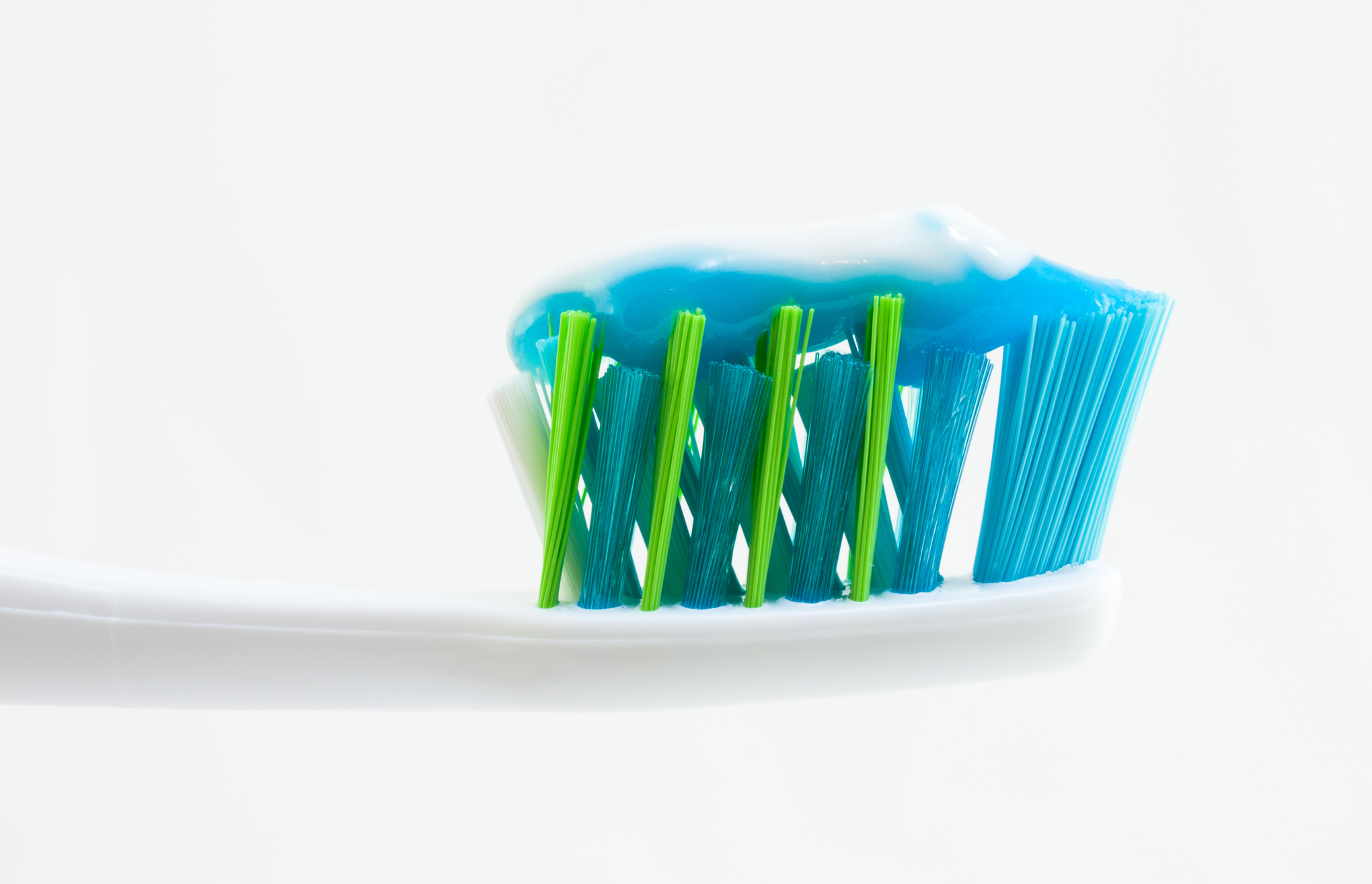
(William Warby)
Apart from the general problems outlined above, the dentists I interviewed mentioned several specific products and procedures that are often abused:
1) Replacing old fillings: Although old fillings can sometimes crack or become surrounded by decay, necessitating a replacement, some dentists will try to replace all your fillings simply due to age — a practice that isn't actually necessary if they're not causing problems.
"The big red flag is if you go to the dentist and they say, 'oh, you've got old silver fillings, we need to take them out because there's mercury leeching out," Mindy Weinman said. "There's been no evidence to prove that actually happens."
2) Veneers. "The highest percentage of unnecessary dental work that we see involves the use of porcelain veneers for whitening purposes," Jyoti Srivastava and Robert Castracane, who practice cosmetic dentistry in New York, told me by email.
Sometimes, a dentist will tell a patient that pricey veneers are necessary to improve the color of a tooth, but if its shape is acceptable to begin with, bleaching — a much cheaper process — is perfectly fine. "A lot of cosmetic dentists tend to push this kind of treatment," said Sean Tomalty, a family dentist in South Florida. If you're certain you do want veneers, Dave Weinman recommends going to a prosthodontist rather than a general dentist.
3) Fluoride toothpaste and treatment. I was recently told I needed a $30 fluoride treatment and $25 prescription high-fluoride toothpaste — neither of which was covered by my insurance — even though I've only had a couple of cavities in my life.
"Most people get enough fluoride in their drinking water and from regular toothpaste, and by the time you're an adult, and your teeth have fully formed, the fluoride treatment doesn't do much," my dad said. "For someone who doesn't get lots of cavities, it's a waste."
4) Night guards. I was also offered a $700 night guard during my recent visit, due to some signs of wear on my teeth, presumably caused by nighttime grinding.
In truth, some people do need night guards — mainly if they have TMJ pain, or show especially high rates of wear. But all people gradually wear down their teeth over the course of their lifetimes, and not everyone needs a night guard. Some dental practices simply prescribe them to most patients as a matter of course.
5) Sealants. Dental sealants are preventative coatings applied to the surface of your molars to prevent plaque from accumulating in the pits on their surfaces. They can be useful in some cases — especially for cavity-prone kids — but are also overprescribed by some dentists.
"The problem is, a lot of the time, those teeth weren't going to decay anyway, you've weakened the tooth by etching into it to adhere the sealant," my dad said. "An office that does a lot of sealant for adults is something to watch out for."
Ask to see X-rays and get a second opinion

(BSIP/UIG Via Getty Images)
Virtually all honest dentists will gladly show you X-rays of your teeth that contain evidence of the work you need. "X-rays, legally, are your property. A dentist can charge for them, but they have to share them with you," Mindy Weinman said.
You won't necessarily be able to see evidence of every single type of problem in an X-ray, but many of them should be apparent. A dark spot or blemish, in general, corresponds to a cavity. And in general, the dentist should be willing and able to explain why you need certain procedures, both by using X-rays and other means.
if the first dentist seems reluctant to let you get it, that's a bad sign
But regardless of what the X-rays show, if you're skeptical of the treatment a dentist is prescribing — especially if it's your first visit to the practice, and they're recommending far more work than you're ever needed before — the best response is to get a second opinion. This was mentioned to me by every dentist I spoke with, along with the American Dental Association.
"If everything is fine, and all of a sudden I go to a dentist that's telling me I have a bunch of cavities, I would definitely get a second opinion," Tomalty said.
Even before you actually get the second opinion, doing this can provide useful information. If the first dentist seems reluctant to allow you to get it, that's a bad sign. "If they're legitimate in their diagnosis, they should have no concerns about it at all," Dave Weinman said. "It's a red flag if they fight you on that."
It's important to remember that no dentist can force you to have work done — and if you're uncomfortable with how things are proceeding while you're in the chair, it's entirely within your rights to get up and leave. In general, they should be willing to listen to you, hear out your concerns, and patiently explain the work they're prescribing.
Dental insurance can actually cost you more
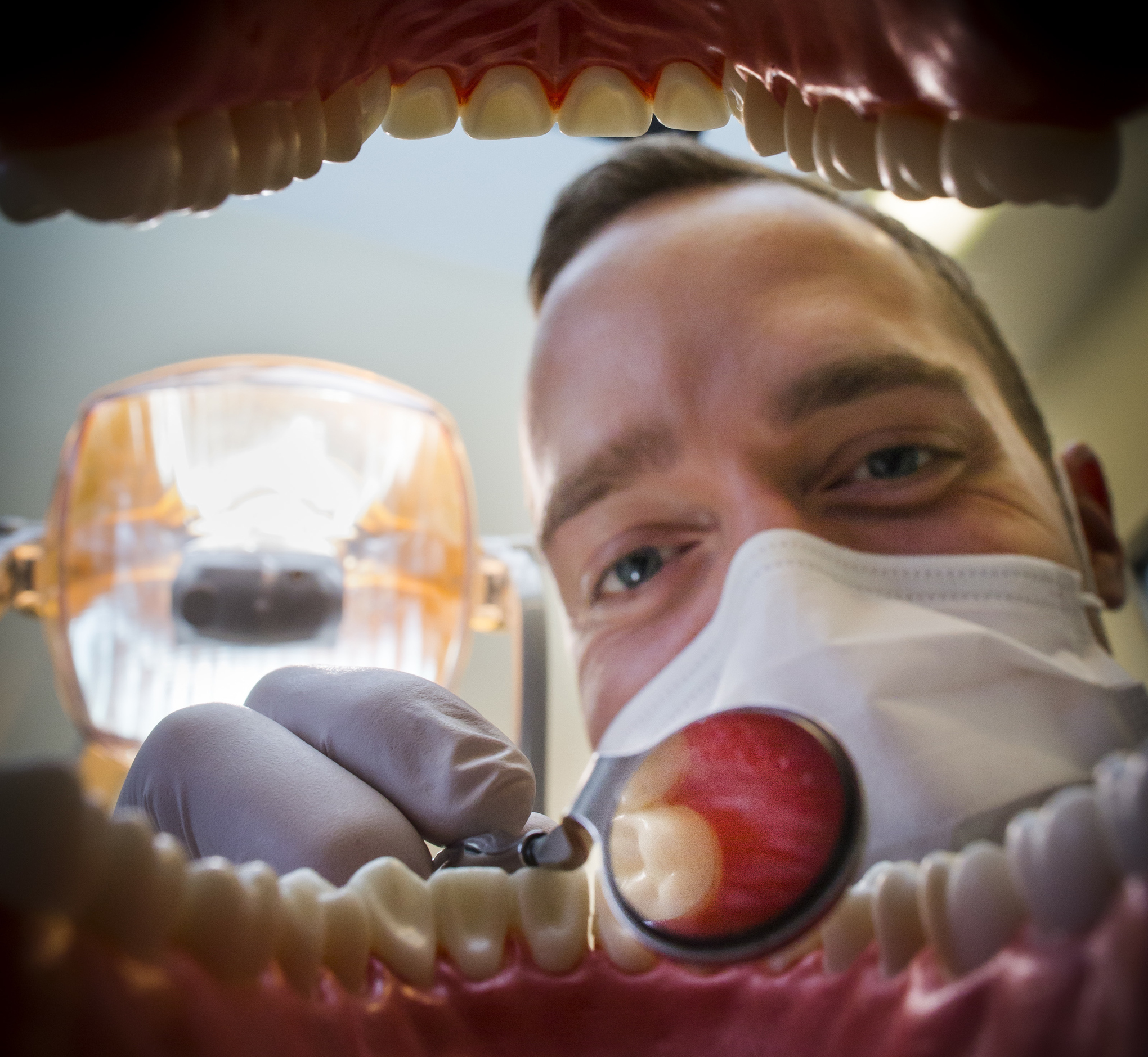
(Thomas Trutschel/Photothek via Getty Images)
To many people, dental insurance sounds a lot like medical insurance — a prudent way of ensuring you can pay for potentially catastrophic treatment costs.
But for a few different reasons, dental insurance is far less important to have than medical insurance (which is now mandatory in the US) — and might even be a bad deal on the whole.
"Insurance is supposed to be for rare, catastrophic losses that can't be predicted — like your house burning down, or a heart attack. But dental care isn't rare, or unexpected, or catastrophic," my father said. "For the most part, it's relatively small charges, on the order of hundreds of dollars, and you know you'll need to visit a dentist every year."
All types of insurance companies aim to make money, so they make sure that the total money everyone pays in premiums is larger than the amount they pay out in treatment costs. For unpredictable, potentially catastrophic things (like heart attacks), this extra cost borne by the policy holders is worthwhile, because virtually no one has a few hundred thousand dollars lying around to pay for a coronary bypass surgery. But for dentistry, that isn't the case.
insurance plans put perverse incentives in place for in-network dentists
As a result, people can opt out of dental insurance, then build up treatment needs over the course of several years, then opt in. Dental companies know this, and so to turn a profit, they're forced to cover relatively little, in terms of treatment. Most dental plans come with a hard cap on the total amount of treatment they'll pay for in a given year — the exact opposite of the out-of-pocket maximums in medical insurance plans.
Even more problematically, insurance plans put perverse incentives in place for in-network dentists. When dentists become part of these networks, they agree to extremely low reimbursements for cleanings and exams, in exchange for a steady stream of patients. "To make up for it, some dentists will find work to do," Silber said. "There's always going to be treatment, because they mathematically need to do something so they don't lose money on the cleaning."
Most often, the treatments they recommend are the very ones that insurance doesn't cover — such as quadrant scaling, an intensive cleaning procedure that requires extra office visits. This is what happened to me when I recently saw a new dentist I found through my insurance network.
Ultimately, your dental plan might give you a free cleaning and exam every six months, but it could also make the dentist more likely to find necessary work that it doesn't cover. Most of the dentists I spoke with strongly recommended against going to a new dentist solely because he or she is accepted by your insurance plan, and a few warned against dental insurance entirely.
One option: dental school clinics
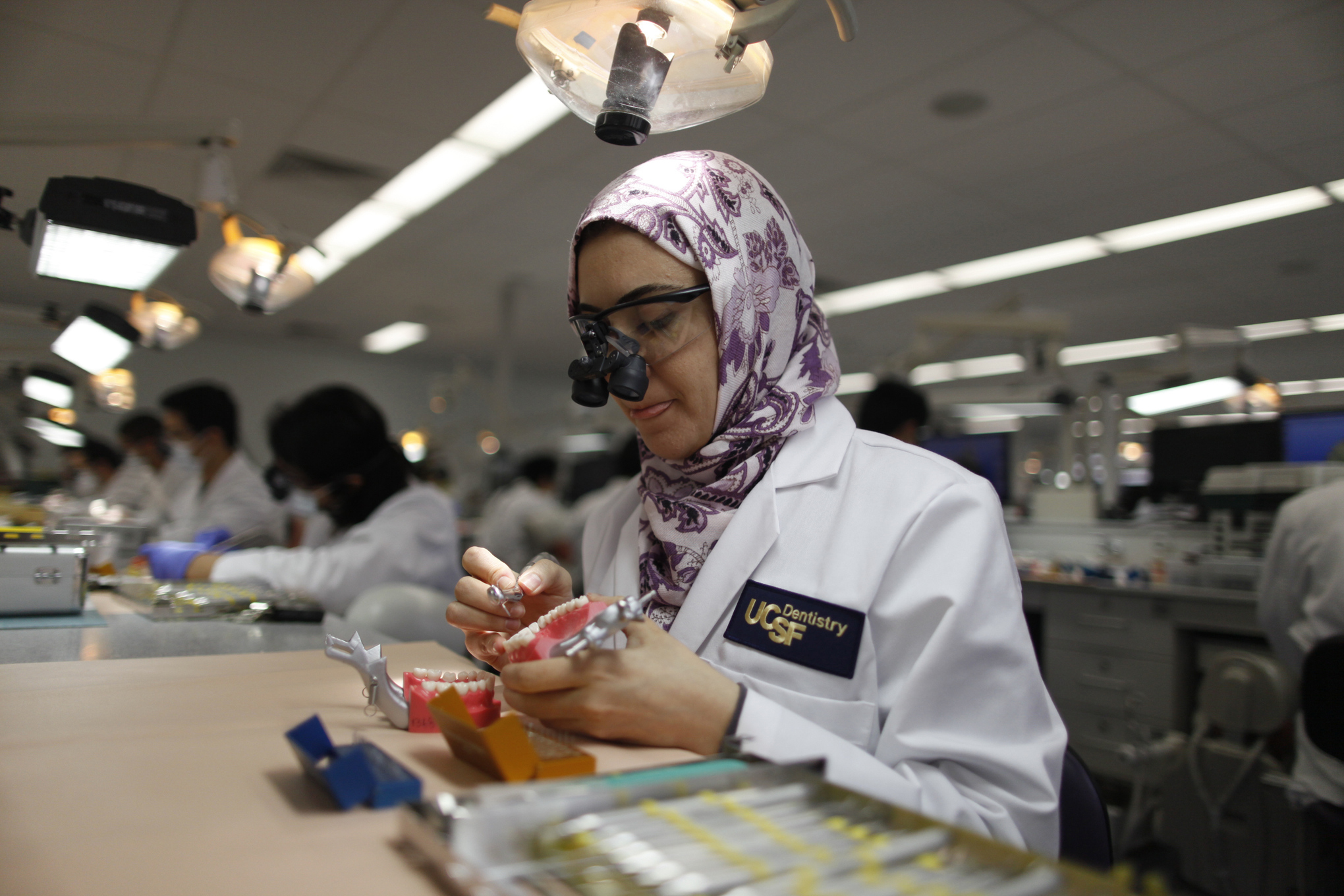
(Wired Photostream)
If you're stuck and having trouble finding a dentist you trust, my father recommended one unorthodox option: going for a consultation at the clinics operated by most dental school.
"The work can take a long time, and the hours can be pretty restricted, but they're inexpensive and the work is generally very good," he said.
That's because having work done at a dental school clinic inherently involves a huge amount of oversight: every diagnosis and filling is checked over by several students and professors. Like massage and salon schools, they provide essentially the same product as professionals for a fraction of the cost. And in general — and contrary to many people's idea of dentists-in-training — dental school students do quality work by the time they're treating actual patients, after learning on models. In any event, these clinics are a great place to go for a second opinion.
*Why does all this unnecessary work happen?
This article is mainly a guide to avoiding unnecessary work. But it also raises an interesting and important question: why is dentistry more prone to fraud than other branches of medicine? Here are some of the reasons most commonly brought up by the dentists I spoke to:
1) Lack of oversight. "If you go to a doctor, and you have a procedure done in a hospital, the staff and lots of other people know what's going on," my father said. "With dental work, no one's looking at you. You can do and say anything."
In rare cases, oversight can come in the form of audits by insurance companies suspicious of fishy-looking billing patterns (and in extreme cases, in patient complaints to local dental societies or malpractice suits), but on the whole, few dentists have anybody evaluating their work on a consistent basis. Moreover, for most types of finished work — say, a new set of fillings — it's pretty much impossible for any other dentist to tell after the fact whether they were necessary or not.
2) Inherent subjectivity. An individual dentist's treatment philosophies and personal judgement are an inescapable part of dentistry. "You can have five dentists look at your mouth, and sometimes you'll get five different answers on what treatment you need," Tomalty said. "Every dentist has their own philosophy."
Conservative dentists might be content to wait years for a tiny cavity to become bigger before drilling, for instance, while more aggressive ones might want to work on it immediately. Neither is wrong, but in some cases, unethical dentists can take advantage of this grey area to push more treatment.
3) The changing business of dentistry. Several dentists I spoke with singled out a few additional business factors: the increasing amount of debt taken on to pay for dental school and the rising technological costs needed to outfit a new practice.
"The new dentist today is up to their eyeballs with debt and needs to make money, so in some cases, they may be doing too much treatment," Dave Weinman said. This could mean erring on the side of unnecessary work to sustain a fledgling practice, or it could mean joining a large existing practice that has quotas in place for new dentists.








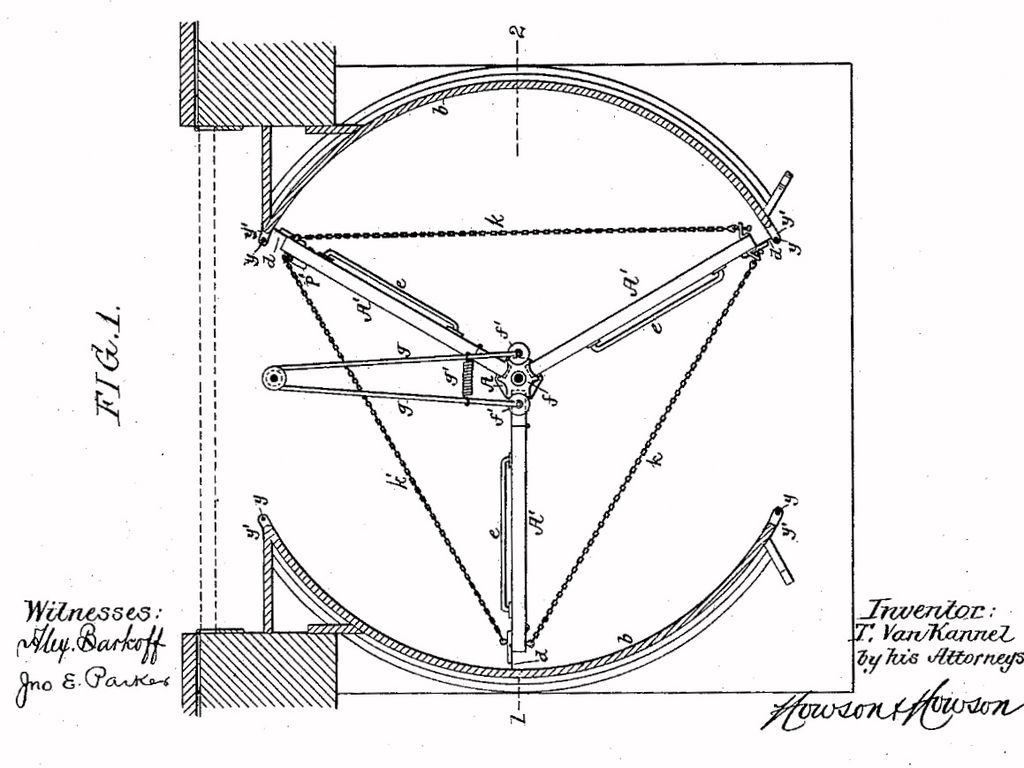
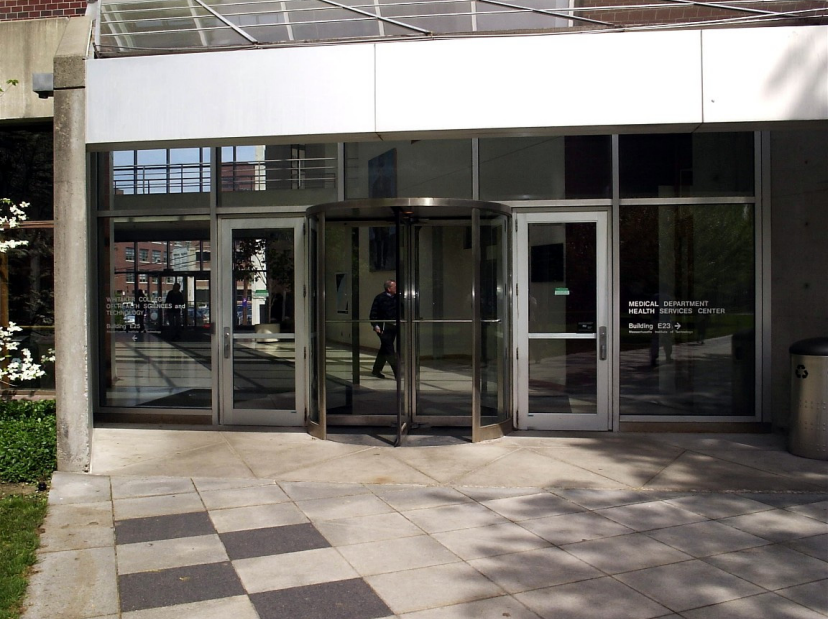
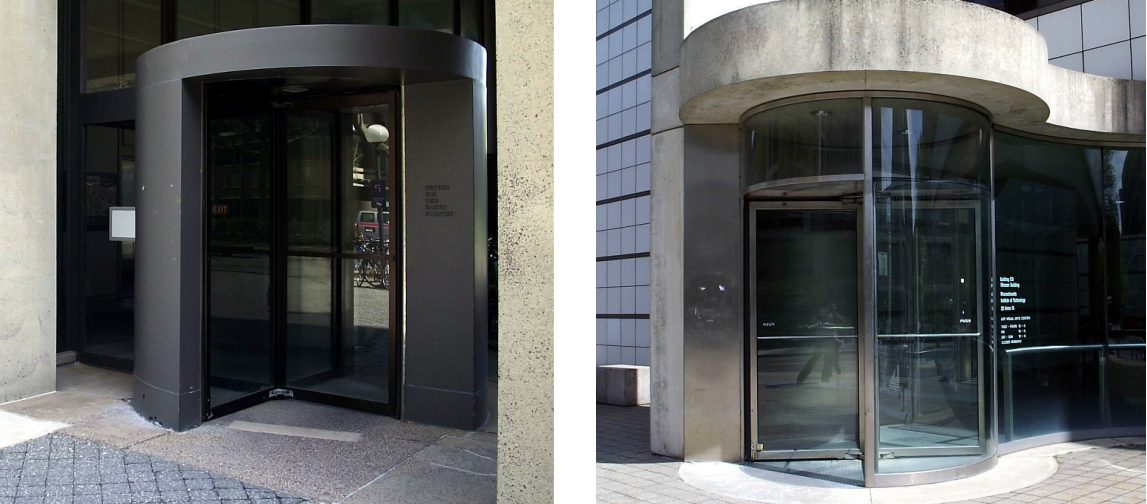
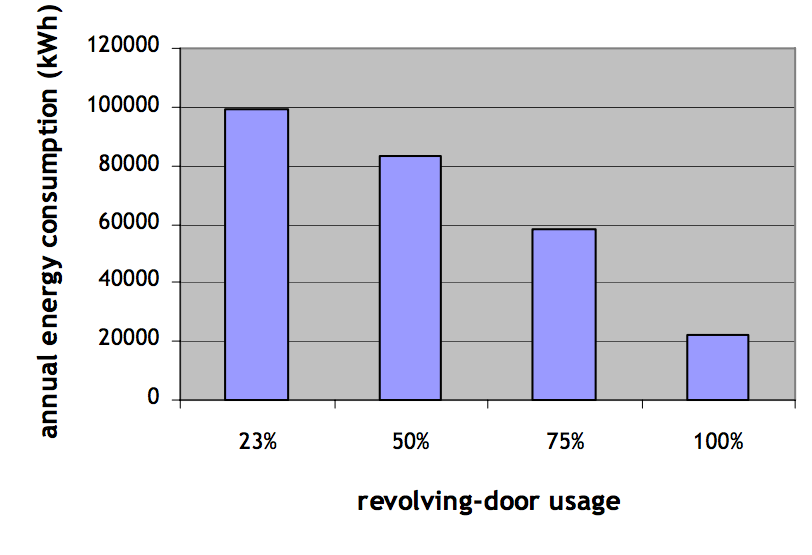 (
(



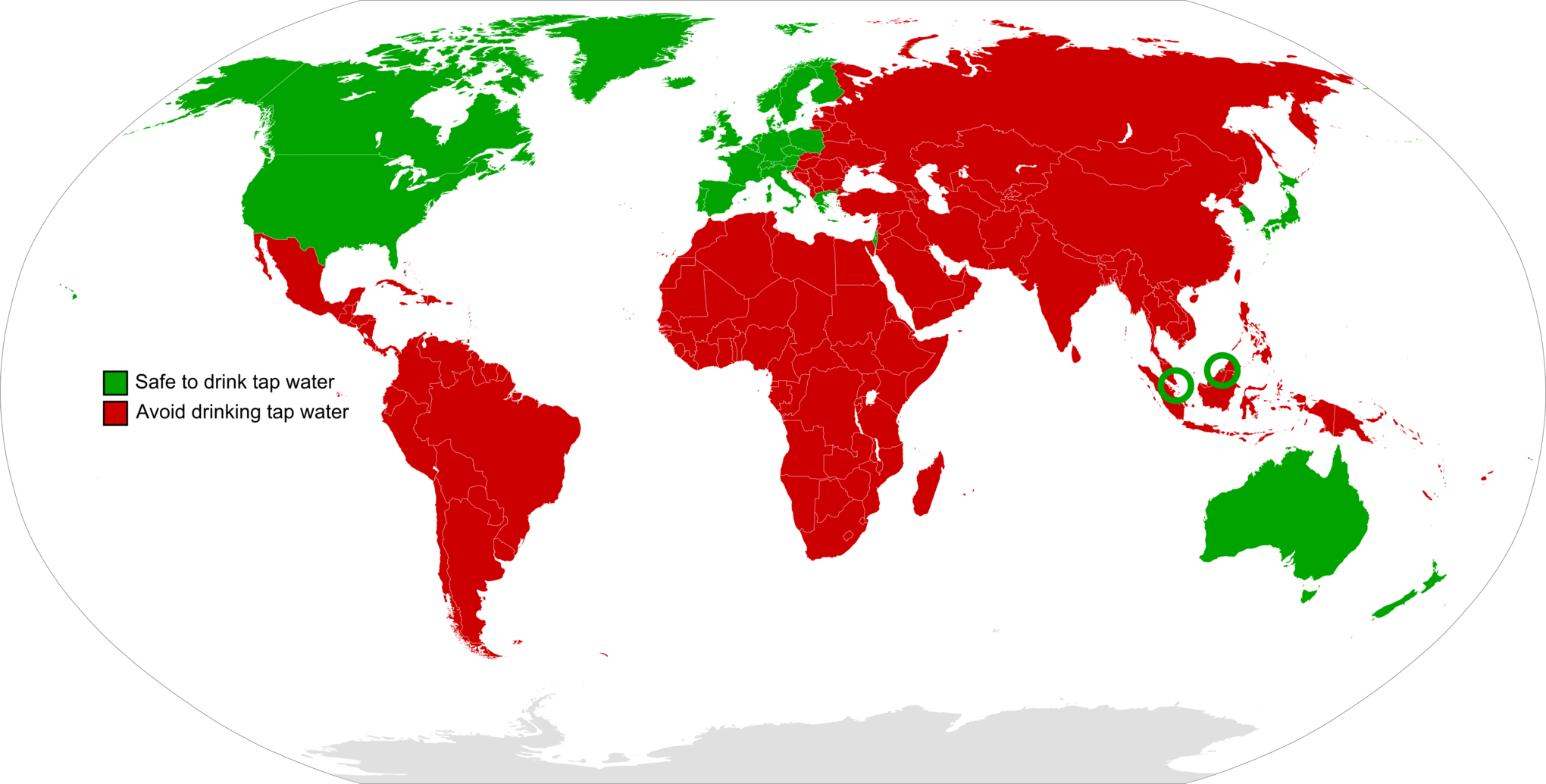 (
(

















